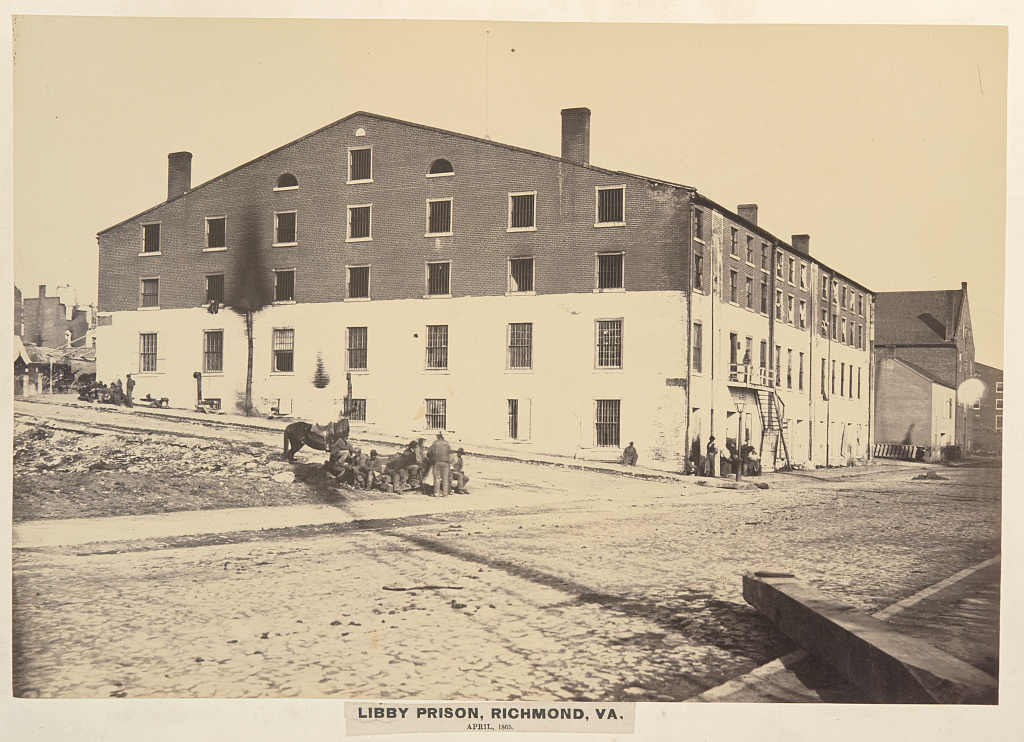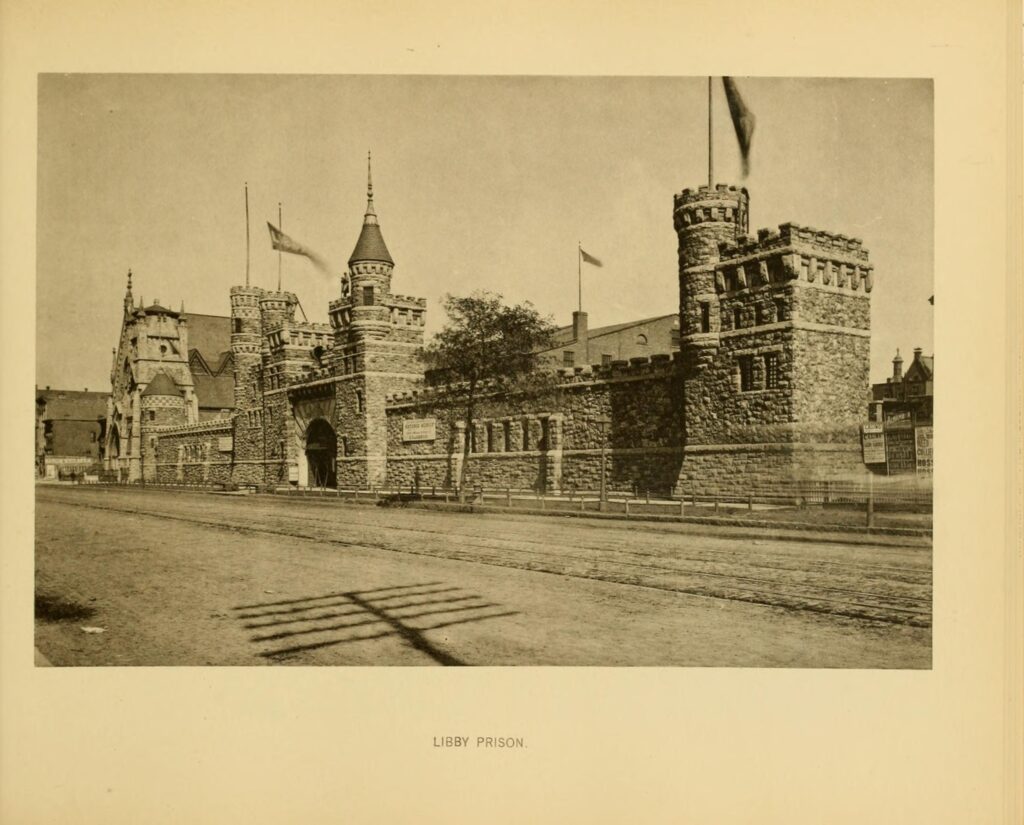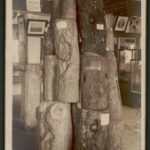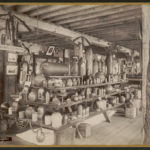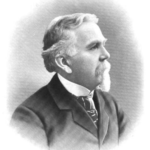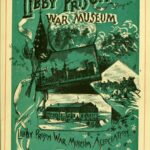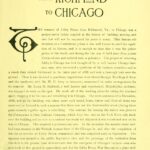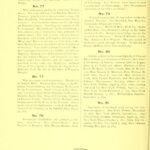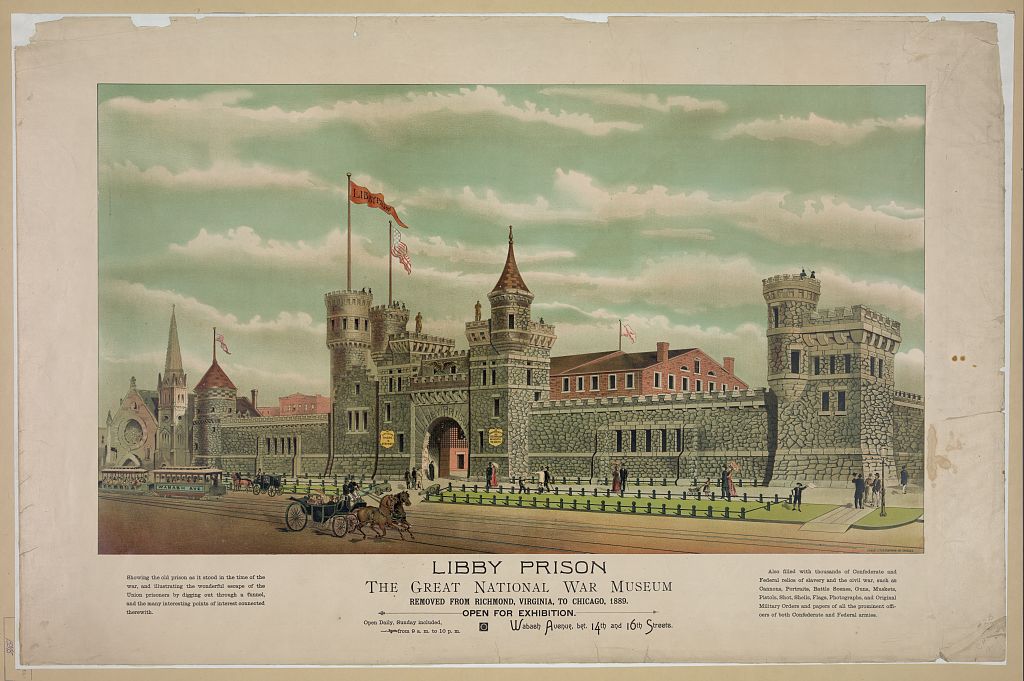Libby Prison was one of the places in Richmond. Virginia where the Confederate government housed Yankee prisoners. Last year I was surprised while glancing through a newspaper at the Library of Congress. I noticed what seemed to be an advertisement for Libby. The paper was published 28 years after the war ended. How could that be?
As it turned out, the ad was for Libby Prison Museum in Chicago. And the museum was really Libby Prison, the same building that was in Richmond during the war. According to Chicagology, a group of Chicago businessmen bought the prison in 1888. They had it disassembled (600,000 bricks), shipped to Chicago, and then reassembled on Wabash Avenue. The museum housed Civil War artifacts and memorabilia, as well as some other exhibits. The museum operated until sometime in the late 1890’s when Libby was again disassembled. A new coliseum was built on the museum site.
According to the Digital Research Library of Illinois History Journal one of the leaders of the Libby project was Charles F. Gunther (aka “The Candy Man” and “The P.T. Barnum of Chicago”). When he was a boy, Gunther and his family moved to the United States from Germany. The family originally lived in the north, but Charles moved to Memphis around 1860 when he was about 23. He worked for an ice dealer, but
“Upon the outbreak of the Civil War, he was employed as purchasing agent and purser of the steamer “Rose Douglas” in the Confederate Service. Being captured when blockaded in the Arkansas River by Federal gunboats in Van Buren, Arkansas, ‘he was released in a prisoner exchanged and made his way north until he finally reached Peru [Illinois].'”
Mr. Gunther gradually became involved in the candy business and became a confectioner. Although his original building (with some rare artifacts) was destroyed in the Great Chicago Fire, he eventually became very successful and purchased more Civil War (and other) memorabilia. Many of these artifacts were displayed in the Libby museum until Gunther decided to build a new coliseum on the museum site.

